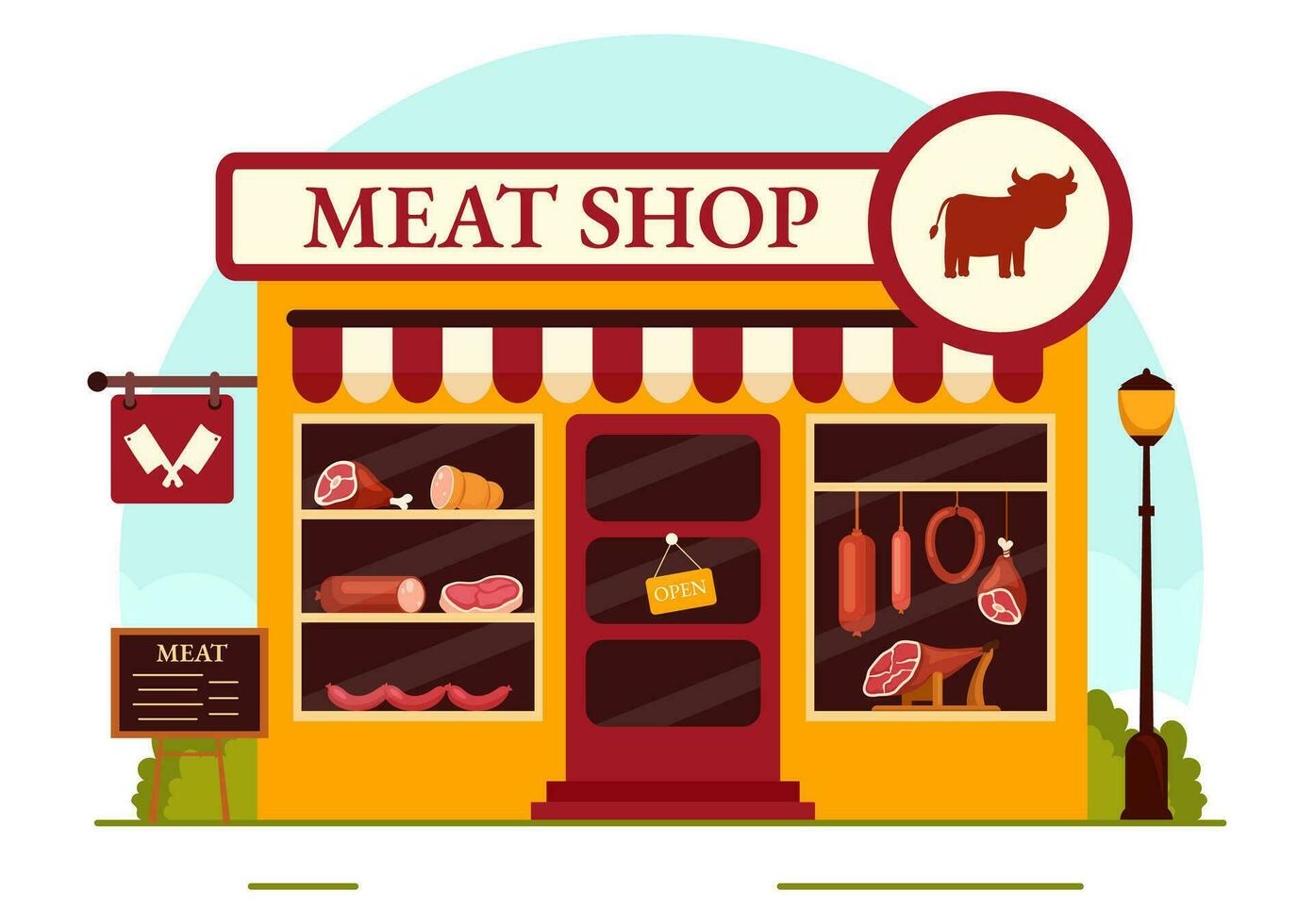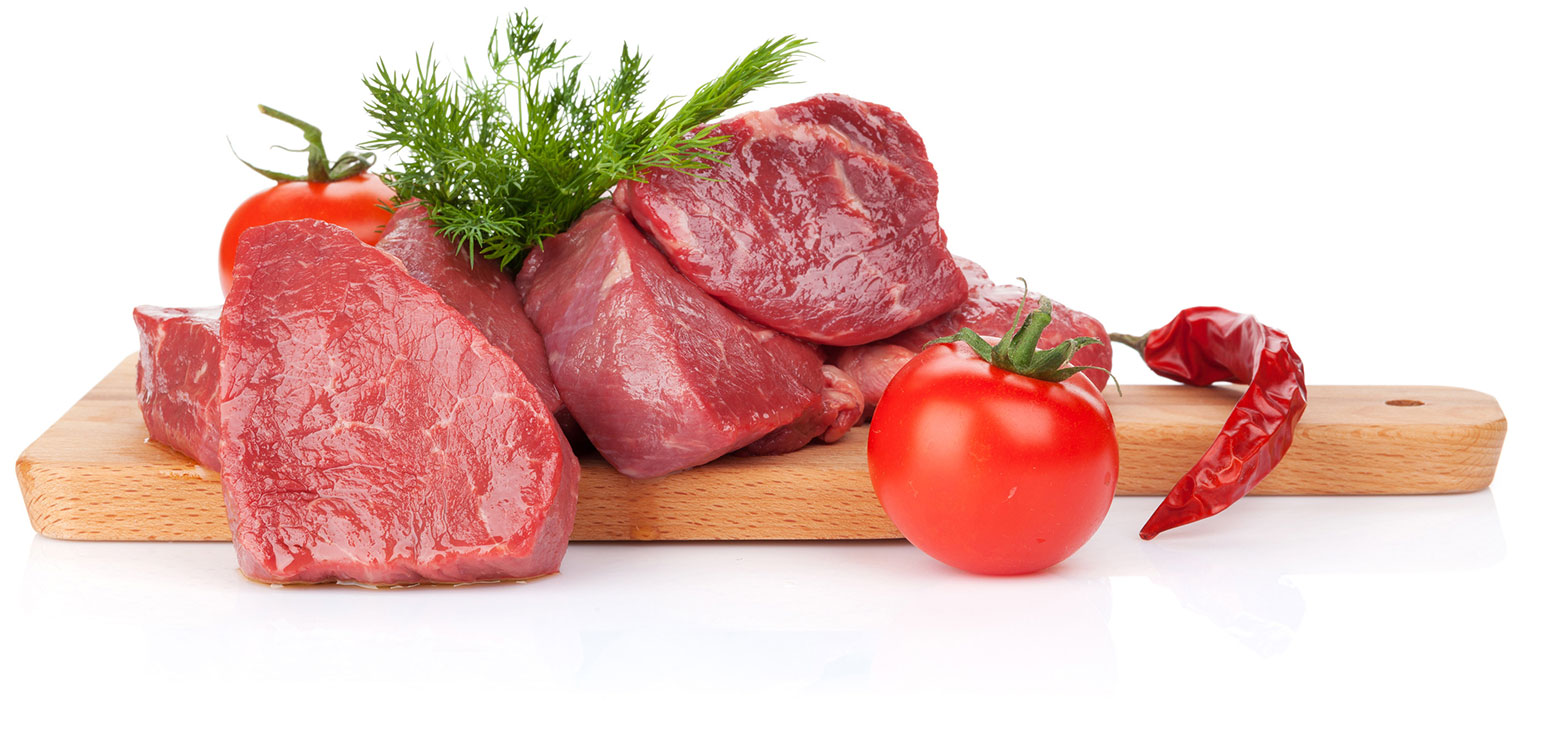From Ranch to Table: Welcoming the Practice of Meat Markets and Butcheries
In an era controlled by benefit and automation, there exists a quiet transformation occurring in the culinary world - a return to the roots of food sourcing with the practice of meat markets and butcheries. These facilities, usually overlooked in the darkness of grocery stores, are experiencing a resurgence as discerning consumers seek quality, traceability, and a connection to the beginnings of their food. Yet what is driving this shift back to the ways of old? The solution exists in the crossway of heritage methods, ethical factors to consider, and a need for an extra genuine gastronomic experience.
The Rebirth of Meat Markets
The renewal of meat markets across different neighborhoods indicates a change towards a renewed admiration for locally sourced, high quality meats. Recently, customers have actually become extra mindful of the origins of their food, resulting in a growing need for transparency and sustainability in the meat sector. This trend has actually led the way for the revival of traditional meat markets and butcheries, where clients can directly engage with experienced butchers and source their meat from neighboring farms.
Among the crucial driving elements behind this rebirth is the desire for better and fresher products. By acquiring meat from regional markets, customers can ensure that they are obtaining fresh cuts that have not traveled fars away or been resting in storage for prolonged durations. Additionally, sustaining neighborhood meat markets assists strengthen the regional economic climate and advertises community connections.
In addition, the resurgence of meat markets lines up with the wider activity towards supporting small farmers and lasting agricultural methods. By selecting to purchase from these establishments, customers are not just obtaining better quality meat however also adding to a much more ecologically friendly and moral food system.
Workmanship in Butcheries
With the rebirth of meat markets highlighting top quality and sustainability, the emphasis changes in the direction of identifying the intricate craftsmanship showed in contemporary butcheries. Craftsmanship in butcheries surpasses just cutting meat; it personifies an ingrained practice of knowledge and precision in dealing with different cuts of meat - Bagley Farms Meat Market. Butchers, frequently trained for years, have a wealth of knowledge on the makeup of animals, blade skills, and the art of damaging down carcasses effectively
In contemporary butcheries, craftsmanship is noticeable in the means butchers thoroughly source their meat, ensuring high criteria of top quality and honest practices. They take satisfaction in recognizing the provenance of the meat they offer, working closely with neighborhood farmers and vendors to supply clients complete transparency and traceability.

In Your Area Sourced Meat High Quality
Amid the growing rate of interest in lasting methods, an emphasis on in your area sourced meat quality has actually come to be increasingly popular in the meat market industry. Consumers are progressively seeking transparency in the sourcing and manufacturing of their meat, leading to a rise popular for locally increased and refined meats.
Locally sourced meat supplies numerous benefits, including fresher items, assistance for local farmers, and decreased environmental influence due to decreased transportation distances. By purchasing meat from nearby farms and butcheries, customers can have much more confidence in the high quality and security of the products they are buying.
Additionally, locally sourced meat commonly originates from animals that have been raised in more gentle problems, with a concentrate on pet welfare and sustainable farming techniques. This honest technique to meat production reverberates with many customers that are concerned about the beginnings of their food and its effect on the atmosphere.
Farm-to-Table Purchasing Experience
In the world of in your area sourced meat high quality, the farm-to-table shopping experience supplies consumers a direct link to the beginnings of their food. This distinct shopping experience permits clients to map the trip of their meat, from the farm where the animals were increased to the table where it will be taken pleasure in. By participating in farm-to-table shopping, people can gain a much deeper understanding of the farming techniques, animal welfare requirements, and sustainability efforts associated with generating their meat.

Custom Meets Modern Culture


The convergence of conventional meat markets and butcheries with contemporary society provides a distinct possibility for the conservation of artisanal techniques in a modern context. While modern-day advancements have transformed various industries, the significance of standard meat markets and butcheries continues to be deeply rooted in background and workmanship. This mix of custom and modernity enables additional resources for the extension of classic methods while adapting to the needs and preferences of today's customers.
In today's busy world, where comfort usually surpasses quality, there is an expanding admiration for the heritage and credibility that standard meat markets and butcheries supply. Customers are significantly looking for More about the author transparency in the sourcing and production of their food, leading them back to the personalized solution and experience located in these facilities. Additionally, the emphasis on sustainability and ethical techniques lines up with the values upheld by several typical meat markets and butcheries, promoting a sense of area and obligation towards the setting.
As culture proceeds to develop, the coalescence of tradition and modernity in meat markets and butcheries not only makes certain the conservation of artisanal practices yet also improves the culinary landscape with a mix of heritage and development.
Verdict
In final thought, the practice of meat markets and butcheries is experiencing a resurgence in contemporary culture. These establishments provide in your area sourced meat of high top quality, providing a farm-to-table shopping experience for consumers.
In an age controlled by ease and mass production, there exists a quiet transformation taking area in the cooking globe - a return to the origins of food sourcing through the practice of meat markets and butcheries.The resurgence of meat markets across various neighborhoods suggests a change in the direction of a renewed admiration for locally sourced, high quality meats.With the renewal of meat markets stressing top quality and sustainability, the emphasis changes in the direction of identifying the intricate craftsmanship displayed in contemporary butcheries. Workmanship in butcheries goes past simply reducing meat; it embodies a deep-rooted custom of expertise and accuracy in handling various cuts of meat.In today's busy globe, where ease frequently overtakes top view publisher site quality, there is an expanding recognition for the heritage and authenticity that conventional meat markets and butcheries provide.